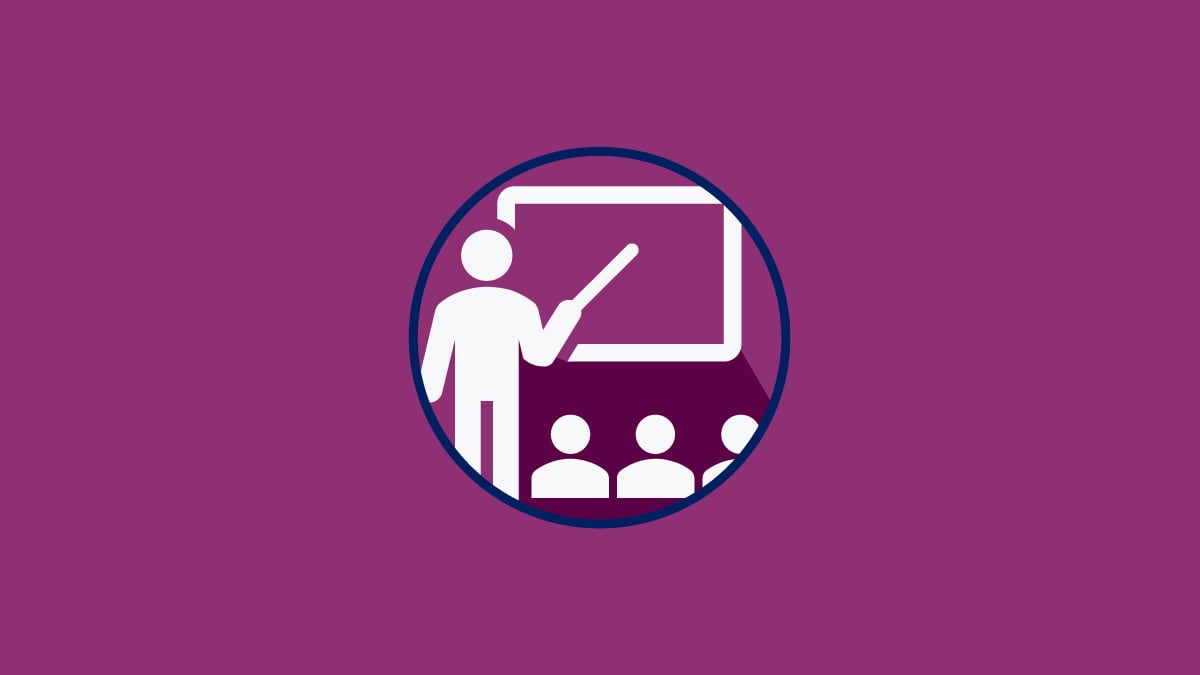What to know
As a school administrator or education professional, you can help increase the physical activity level of your students, faculty, staff, and community members. Work can be done in all educational settings, from preschool to college. Learn about actions you can take.

Overview
The education sector can take a leading role in providing opportunities for age-appropriate physical activity in all educational settings.
For example, leaders in kindergarten through high school can make sure students and staff have ways to be physically active before, during, and after school. This can be part of a Comprehensive School Physical Activity Program (CSPAP). School leaders can also promote safe ways for students and staff to actively commute to and from school.
Colleges and universities can promote physical activity by creating pedestrian- and bicycle-friendly campuses and adopting policies that encourage walking and biking. They can educate future professionals—not just those in health fields, but also those studying architecture, business, and community design—about the importance of walking and biking as ways to improve individual and community health.
What you can do
You can use the following strategies to encourage physical activity in and around schools.
Promote community plans and policies to design areas around schools to support physical activity. These areas are safe and easy places for people to walk, bike, wheelchair roll, and be physically active.
- Build schools within walkable or bikeable distances of homes and other places that students and staff regularly use.
- Create pedestrian- and bicycle-friendly campuses and encourage walking and biking to and around campuses.
- Provide information to support these activities, such as point-of-decision prompts and wayfinding signs.
- Provide information to support these activities, such as point-of-decision prompts and wayfinding signs.
- Join coalitions and planning processes to influence community designs and development decisions in areas around schools.
Adopt policies that make it easier for students to be physically active before, during, and after school as part of a CSPAP.
- Adopt Safe Routes to School or similar programs that promote walking or biking to school.
- Provide daily physical education for students in grades K–12 and daily recess for elementary school students.
- Add opportunities for movement for students and staff as part of regular classroom activities and lessons.
- Set up formal policies or agreements, such as shared-use agreements, that expand physical activity options for schools and communities. For example, schools can:
- Open facilities to community residents outside of normal school hours.
- Use nearby community facilities, such as fields and parks.
- Open facilities to community residents outside of normal school hours.
Promote programs and policies that make it safe and easy to walk, bike, wheelchair roll, and be physically active.
- Adopt worksite policies that encourage school staff to be physically active.
- Examples include flextime, paid activity breaks, and discounts for using off-site exercise facilities or active commute options.
- Examples include flextime, paid activity breaks, and discounts for using off-site exercise facilities or active commute options.
- Set up groups, buddy systems, and other forms of social support that help people walk, bike, or be active each week.
Teach relevant professionals how to promote physical activity and activity-friendly communities through their profession.
- Train administrators and classroom teachers how to add more physical activity throughout the school day.
- Add physical activity to higher education curricula across majors to promote interdisciplinary training.
- Offer continuing education that promotes physical activity for relevant professionals.

What other organizations are doing
These communities are using effective strategies to increase physical activity in and around schools.
Building Activity-Friendly Schools in Minnesota
State laws that recommended minimum acreage for new schools forced communities into a one-size-fits-all approach. The result was schools that were unwalkable and unconnected to the rest of their communities. People across Minnesota came together to change the state law. Now communities can renovate historic buildings in walkable locations instead of building new schools on large plots of land at the edge of town.
Promoting Cycling at Community Colleges in Texas and California
Texas Southmost College and Santa Monica College were recognized as Bicycle Friendly Universities. Both schools used a variety of resources to make it easier for people in the community to bike to and on campus. These efforts included providing infrastructure such as bike parking, showers and lockers, lighting and cameras, bike repair stations, and bike share options. They also promoted local bicycling events, provided bicycle-related workshops, and gave free bikes to students receiving financial assistance.
Resources
Infographic: Benefits of School-Based Physical Activity
Explains how 60 minutes of daily moderate-to-vigorous physical activity can benefit a student's health and directly impact teachers and the community.
Comprehensive School Physical Activity Programs: A Guide for Schools
Provides step-by-step guidance for schools and school districts to develop, use, and evaluate comprehensive school physical activity programs.
Increasing Physical Education and Physical Activity: A Framework for Schools
Describes the framework for school health professionals, school administrators, physical education teachers, other school staff, and parents. It identifies key professional development opportunities and resources.
Inclusive School Physical Education and Physical Activity
Shares information that schools and school districts can use to create an inclusive culture for physical education and physical activity in schools.
Strategies for Classroom Physical Activity in Schools
Describes 10 evidence-based strategies that school staff can use to promote and plan classroom physical activity.
Integrate Classroom Physical Activity in Schools: A Guide for Putting Strategies Into Practice
Provides key questions and activities, along with practical templates that teachers and other physical activity champions can use to help them adopt, promote, enhance, or sustain the strategies in Strategies for Classroom Physical Activity in Schools.
Strategies for Recess in Schools
Shares evidence-based strategies that school district leaders and school staff can use to plan and provide recess in schools to increase physical activity and improve academic achievement, including performance, behavior, and attention.
National Physical Activity Plan: Education Sector
Provides policy and programmatic recommendations to increase physical activity. It includes strategies and tactics that communities, organizations, and individuals in the education sector can use to support physically active lifestyles.
Strengthen Physical Education in Schools
Helps schools and school districts define physical education. Provides a snapshot of U.S. current practices and highlights ways to improve physical education through national guidance and practical strategies and resources.
Healthy Out-of-School Time Assessment
Helps school districts and school staff create a healthier out-of-school time environment for kids. Administrators and staff can use this tool to track what they are already doing to support health and wellness at their location and highlight opportunities for growth and improvement.
Bicycle Friendly University
Recognizes institutions of higher education that promote and provide more bikeable campuses for students, staff, and visitors.
